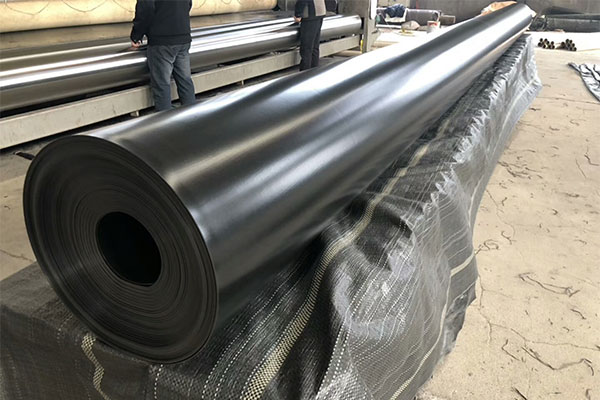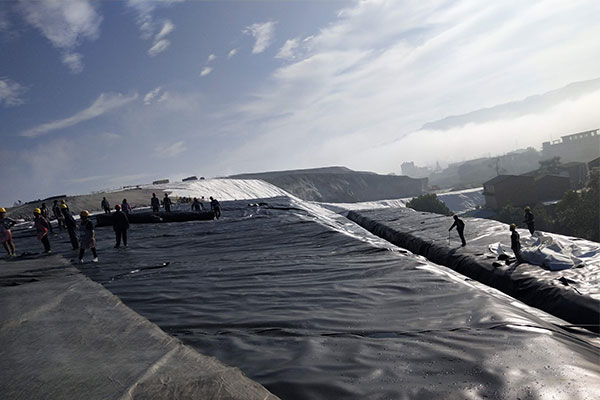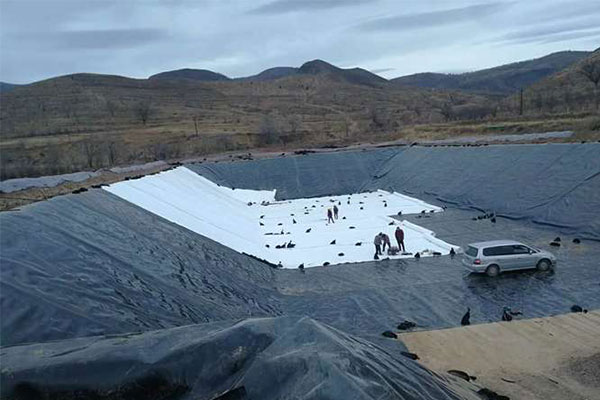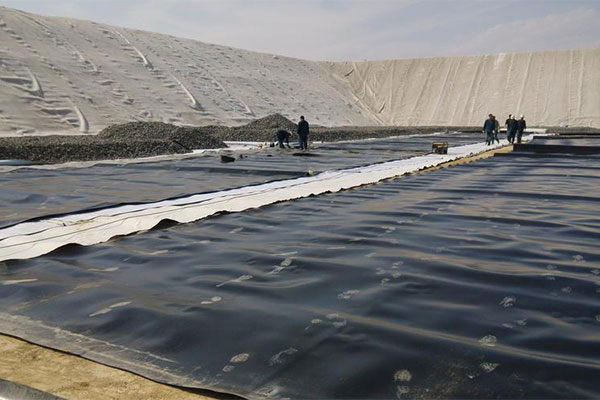HDPE Geomembrane: Everything You Need to Know
In the world of civil and environmental engineering, HDPE geomembrane is a term that often comes up in discussions about containment, lining, and protection. This robust, high-density polyethylene material plays a crucial role in various applications, from landfills to pond liners and beyond. In this comprehensive guide, we will delve into the world of HDPE geomembrane, exploring its properties, benefits, applications, and why it is considered an essential component in modern engineering projects.

What is HDPE Geomembrane?
HDPE geomembrane, short for High-Density Polyethylene Geomembrane, is a synthetic membrane liner that is engineered for various geotechnical and environmental applications. It is created by extruding multiple layers of high-density polyethylene to form a continuous, impermeable sheet with excellent chemical and UV resistance properties.
Key Properties of HDPE Geomembrane
- High-Density Polyethylene (HDPE): HDPE is a thermoplastic polymer known for its high strength, durability, and resistance to chemicals, making it an ideal material for geomembranes. Its molecular structure gives it a high density, which translates to exceptional tensile strength and resistance to punctures and tears.
- Impermeability: HDPE geomembrane is impermeable to both liquids and gases. This property is essential in applications where containment or separation of materials is required, such as in landfill liners, reservoirs, and wastewater treatment facilities.
- Chemical Resistance: HDPE geomembrane exhibits excellent chemical resistance, making it suitable for applications involving exposure to a wide range of chemicals. This resistance ensures long-term stability and protection of underlying structures.
- UV Resistance: HDPE geomembranes are treated with carbon black, which provides UV stabilization. This helps extend their lifespan by protecting against UV degradation, ensuring their performance in outdoor applications.
- Flexibility: Despite its high-density structure, HDPE geomembrane remains flexible and easy to work with. It can conform to various shapes and contours, allowing it to adapt to the specific needs of different projects.
Benefits of HDPE Geomembrane
HDPE geomembrane offers a wide range of benefits that have contributed to its popularity in geotechnical and environmental applications:
- Environmental Protection: One of the primary applications of HDPE geomembrane is in environmental protection, such as preventing groundwater contamination in landfills, protecting ecosystems in reservoirs, and controlling seepage in wastewater treatment facilities.
- Cost-Effective: HDPE geomembranes are cost-effective due to their long service life and low maintenance requirements. Their resistance to chemical and UV exposure ensures that they remain reliable for many years.
- Versatility: HDPE geomembranes are versatile and suitable for a wide array of applications, from agricultural pond liners to hazardous waste containment systems.
- Ease of Installation: Their flexibility and ease of installation make HDPE geomembranes a preferred choice for contractors and engineers. This not only saves time but also reduces labor costs.
- Minimal Environmental Impact: HDPE geomembranes are environmentally friendly, as they can be recycled at the end of their service life. Additionally, their impermeability helps to prevent soil and water contamination, thus safeguarding the environment.
Applications of HDPE Geomembrane
- Landfills: HDPE geomembrane liners are used to prevent leachate seepage and protect groundwater from contamination in modern landfill designs.
- Wastewater Treatment: In wastewater treatment plants, HDPE geomembrane is utilized to contain and manage sewage and industrial waste, safeguarding the surrounding environment.
- Agricultural Pond Liners: Farmers use HDPE geomembrane liners in agricultural ponds to store water for irrigation and aquaculture. These liners prevent water loss through seepage and provide efficient water management.
- Mining Operations: HDPE geomembrane is employed to manage tailings ponds, helping to contain potentially hazardous materials and protect the environment from contamination.
- Reservoirs and Dams: Reservoirs and dams benefit from HDPE geomembrane liners to prevent seepage, ensuring water retention and protecting the surrounding ecosystem.
- Aquaculture: HDPE geomembrane is used in the aquaculture industry to create ponds and tanks for fish and shrimp farming. The impermeable liner prevents water loss and ensures a stable aquatic environment.



Conclusion
HDPE geomembrane has become a fundamental element in modern engineering and environmental projects. Its exceptional properties, including impermeability, chemical resistance, and UV stability, make it an invaluable asset for applications ranging from waste containment to water conservation. Furthermore, its cost-effectiveness, versatility, and ease of installation contribute to its widespread use in various industries. As we continue to prioritize environmental protection and sustainable practices, HDPE geomembrane will undoubtedly play an increasingly important role in safeguarding our planet while meeting the demands of our growing infrastructure needs.
